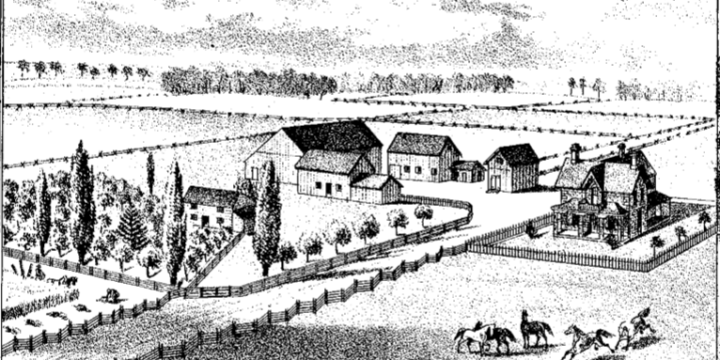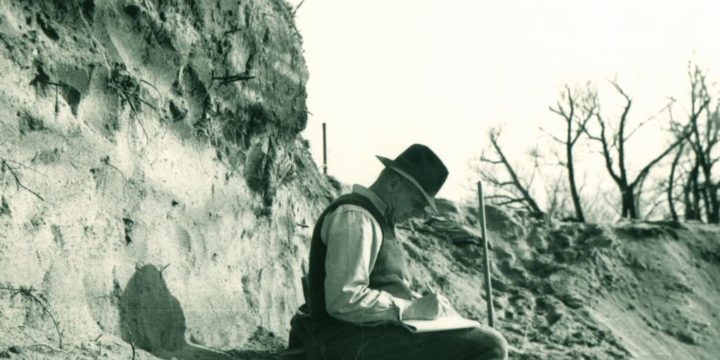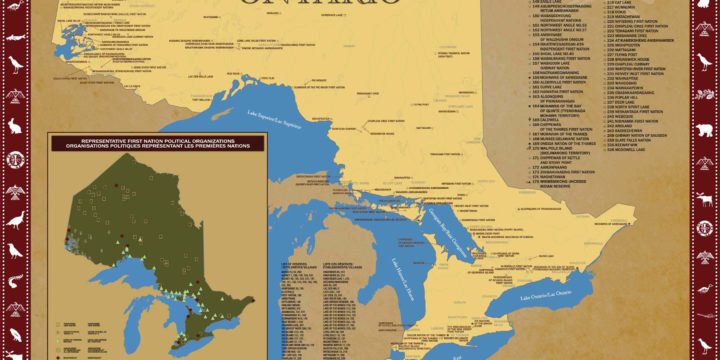
Rural Historical Farmsteads in Ontario
Rural Historical Farmsteads in Ontario George Bland Farmstead (Photo Credit: D.R. Poulton) “Why Do I have to Dig up Grandma’s Broken Plates?!” While there is general acceptance of the need for archaeology on Indigenous sites, archaeologists often face tough scrutiny when further work is required for the archaeological remains of rural historic farmsteads dating from the mid-19th to early-20th centuries. To archaeologists, the value of farmstead archaeology is self-evident, but most non-archaeologists need an explanation of what valuable information grandma’s broken plates have to offer. Often clients will ask “Who cares about Grandma’s broken dishes?” Rural farmsteads differ from other sites as they: 1) are only a couple centuries old; 2) often have standing structures and available historical records; and 3) are thought to be ubiquitous. The easy answer for…


